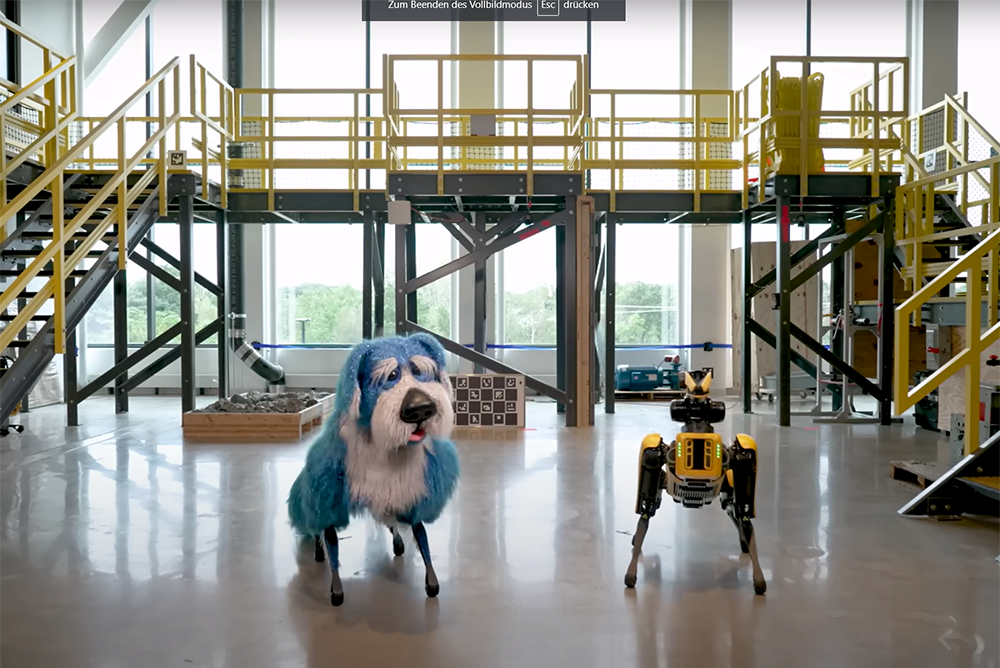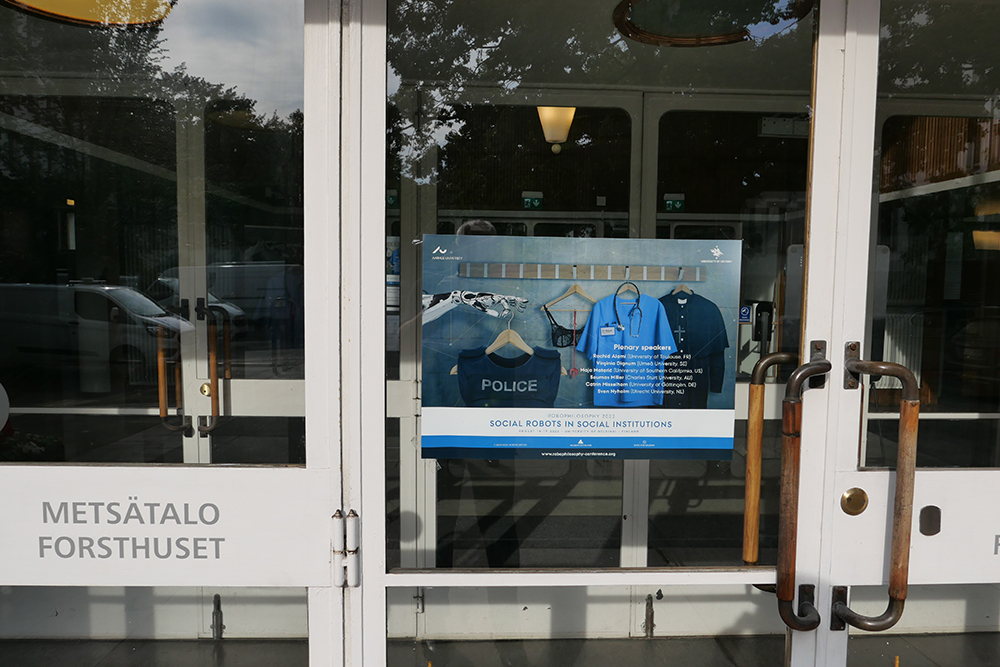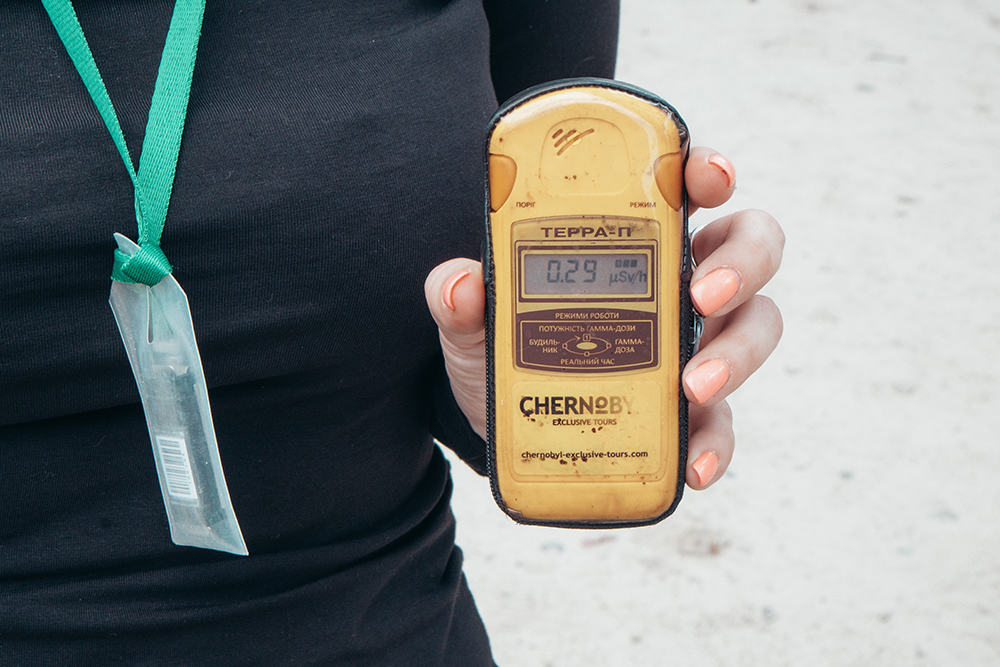Spot from Boston Dynamics is the latest tool in the arsenal of the US Secret Service. This was reported by the BBC on November 17, 2024. The robot was recently spotted patrolling the perimeter of President-elect Donald Trump’s Mar-a-Lago resort in Palm Beach, Florida. As the video on the website shows, they do not carry weapons; “and each can be controlled remotely or automatically – as long as its route is pre-programmed”. Passers-by are warned by a sign on each of Spot’s legs that reads, “DO NOT PET”. “I don’t know that anyone would be tempted to pet these robot dogs. They do not look cuddly,” Melissa Michelson, a political scientist at Menlo College, told the BBC. Oliver Bendel, an expert in social robotics at the FHNW School of Business, disagrees. He has been working with Unitree Go2, which is half the weight and smaller than SPOT but otherwise comparable, since 2023. “The students are initially amazed or shocked when they see it. After a minute or two, their doubts are dispelled and they try to lure it in and stroke it.” A robot like Spot is well suited to an estate like Mar-a-Lago. However, models such as K5 from Knightscope or RBwatcher from Robotnik/URG can also be used on the lawns.
Spot Dances in a Dog Costume
Prof. Dr. Oliver Bendel introduced the term “robot enhancement” in 2020 and has since used it in several articles and book chapters. Robot enhancement is the extension and associated modification or improvement of the robot by the user or a company, for example in functional, aesthetic, ethical or economic terms. The word was coined in reference to “human enhancement” and “animal enhancement”, and can be used to describe both the field of work and the object. One form of robot enhancement is social robot enhancement, in which a social robot is enhanced or modified and improved. An impressive example of robot enhancement is shown in a video by Boston Dynamics. A “naked” spot and a spot with a dog costume dance together in the hall where Atlas used to be seen again and again. Such robot enhancement should not necessarily be imitated by the user. There are some robots that cannot stand the costume and will heat up – to the point of becoming defective (Photo: YouTube/Boston Dynamics).
Talk about Robots in Policing in Helsinki
On the first day of Robophilosophy 2022, Oliver Bendel presented his paper “Robots in Policing“. From the abstract: “This article is devoted to the question of how robots are used in policing and what opportunities and risks arise in social terms. It begins by briefly explaining the characteristics of modern police work. It puts service robots and social robots in relation to each other and outlines relevant disciplines. The article also lists types of robots that are and could be relevant in the present context. It then gives examples from different countries of the use of robots in police work and security services. From these, it derives the central tasks of robots in this area and their most important technical features. A discussion from social, ethical, and technical perspectives seeks to provide clarity on how robots are changing the police as a social institution and with social actions and relationships, and what challenges need to be addressed.” Robots in policing are a topic that has yet to receive much attention. However, it is likely to become considerably more topical in the next few years. More information about the conference on cas.au.dk/en/robophilosophy/conferences/rpc2022.
Spot in Chernobyl
Boston Dynamics is known for several two- and four-legged robots. Videos often show spectacular movements and stunts. Surely the scenes have to be shot often to be as impressive as possible. The robot Spot has recently been given some new features. Several media report that it was used in Chernobyl. “A team of engineers from the University of Bristol visited the Chernobyl Nuclear Plant last week to test out Spot, a four-legged robodog made by US-based robotics company Boston Dynamics … Spot is capable of making inspection rounds all by itself and can navigate hostile environments such as the highly radioactive site of the former nuclear power plant. Spot went for a walk around the surrounding areas and into the New Safe Confinement structure, a massive moveable dome of steel meant to keep in dangerous radiation from the plant’s number 4 reactor unit, which was destroyed during the 1986 disaster. The robot’s main task was to survey levels of radiation in the area, creating a three-dimensional map of the distribution.” (Website Futurism, 26 October 2020) Spot and Co. stand in the probably oldest tradition of robotics: They take over tasks that are too dangerous or too strenuous for humans.



